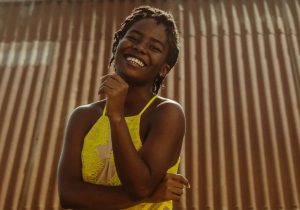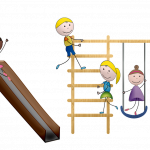Poetic writing is best when the strength of feeling is matched with a competent form.
This note will include a discussion of the forms/shapes of poetry, focusing on the free verse form.
Some of the key questions that will guide the discussion include;
- What is poetry?
- What makes writing poetic?
- What is verse?
- What is free verse poetry?
- What is the difference between free verse poetry and prose?
- How best can you master the art of free verse poetry?
Poetry is a literary work in which the expression of feelings and ideas is given intensity by the use of distinctive style and rhythm. However, poetry can be more than that. It can be music, a painting, and everything in-between, as long as it is an art skillfully put together to evoke particular feelings.
Poetry is not so much about indulging in emotions as escaping from them. It is an unburdening platform; one where you put your thoughts and feelings in words that will evoke a similar emotion in the reader.
The difference between any plain writing and poetry is in the presentation or packaging, especially the format. Poetry is written in verses, and that is what sets it apart from any kind of writing.
The verse is a single metrical line in a poetic composition. More broadly, the verse refers to various parts of poetry, a stanza, or even the entire poem. It is the shaping of poetic writing, without which it would be a well-written speech. It is the core of modern-day poetry. Thus, it can be concluded that verse is anything that raises an aspect in poetry, a rhyme scheme, a pattern, or a figurative language.
Read – Poetry 101 by Benny Wanjohi, Kenya
Onto the next guiding question, free verse is one of the most used forms of writing poetry in the modern setting. The world has slowly moved away from the conventional writing formats like sonnets and haikus, etc. People tend to only write such formats if they must.
Free verse is a format that does not necessarily use a specific metrical pattern or rhyme scheme. It still uses other poetic techniques though, so even though it does not exactly conform to a formal structure, it must be organized.
T.S. Elliot said that no verse is free for the man who wants to do a good job. Thus, the free verse must have unity throughout the poem, the words coordinating with the strength of the feeling being communicated, and the type of presentation chosen being in sync with all else.
Walt Whitman is perhaps the best known of the free verse poets. However, he uses repeated images and sounds to create an organized and yet unique form without the use of a metrical pattern or rhyme scheme. The burden that comes with using free verse is that you must create a unique pattern or ensure that your work is organized in a structure. The structure can be haphazard or not, as long as the form you present the work in serves the purpose of making the message clearer.
Read – Creative Writing – An Introduction by Marita Banda, Zambia
Important to note is that free verse can be short or long, it can contain sporadic rhymes or none at all. It tends to mimic a natural speech pattern and there are no limitations on the lines of the pattern being used. The challenge is working with the words to make it more than just glorified prose, which is what most writers do.
The difference between prose and free verse poetry is in the presentation, giving free verse poetry the ability to evoke feelings with the way the words are arranged and used. The question of how to make free verse work for a writer comes down to the use of punctuations, line breaks, and vocabulary, among others to make the piece legitimate. This is why free verse is the most challenging form of writing to master.
Take a look at this;
THE POOL BY H.D
Are you alive?
I touch you.
You quiver like a sea-fish.
I cover you with my net.
What are you-banded one?
The poet uses punctuation to create a clear image; a setting by the pool, the persona touches something which is not a fish because the third line suggests otherwise/ you quiver like a sea-fish. By the end of the poem, the persona is still wondering what that is.
Lastly, ensure that every technique used in free verse serves a purpose, otherwise, it should not be there.

Patricia Peace Ejang is a 21-year-old law student at Makerere University, Uganda. She is a writer with Writers Space Africa and has been published on several counts with the same magazine. She currently writes Poetry, children’s literature and short stories. Her poem, Ubuntu, was longlisted at the 2021 African Writers Award.







